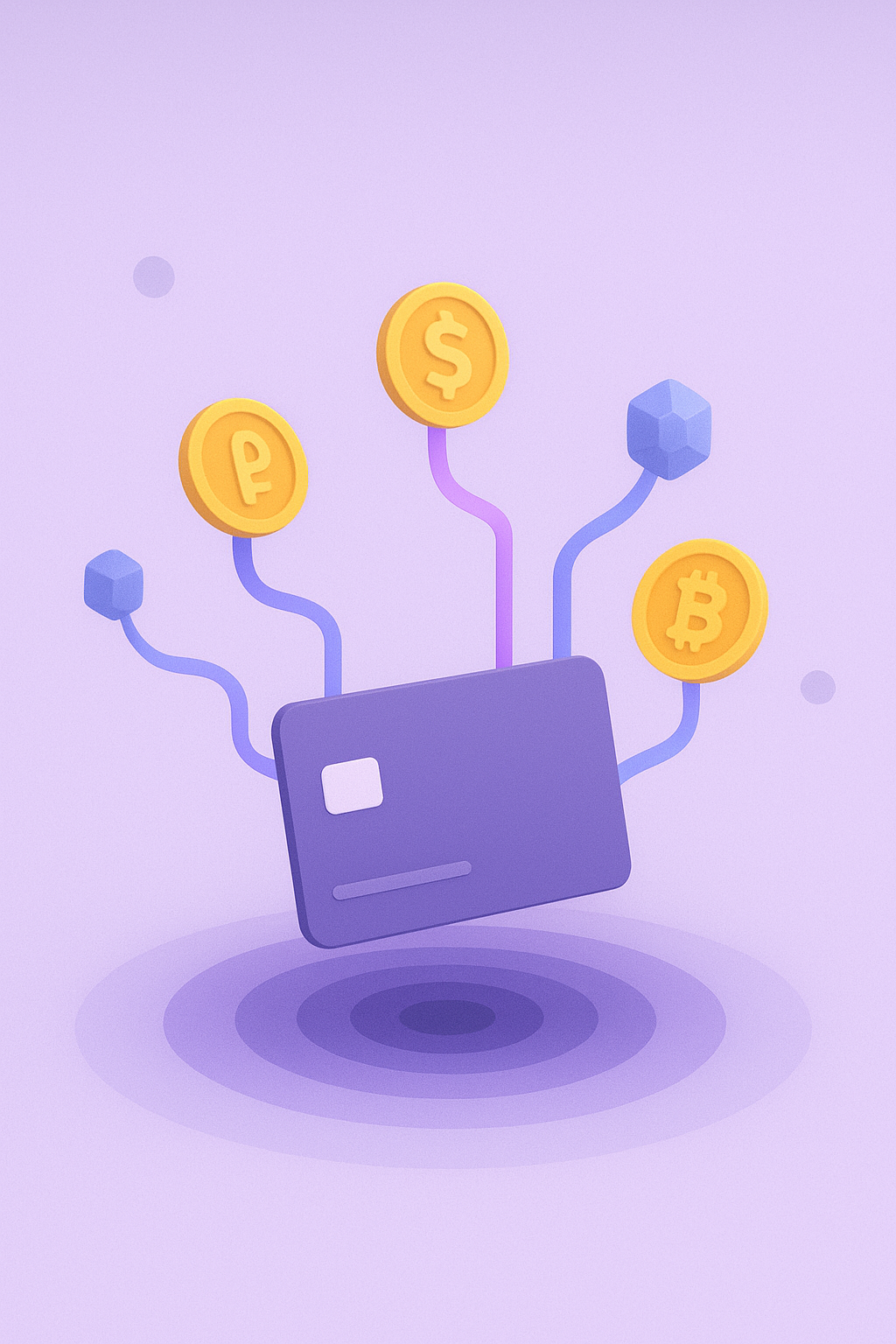Tether, the issuer of the USDT stablecoin, is moving into building artificial intelligence (AI) applications and developing an open-source software development kit (SDK). This foray into AI marks a significant diversification for Tether, which has traditionally been associated with cryptocurrencies and decentralized finance (DeFi). This article explores the reasons behind this new focus, and the implications for the AI and cryptocurrency sector.
Why is Tether moving into AI?
Tether’s move into AI may seem unexpected, but it is part of a broader diversification and search for new growth opportunities. The company is looking to leverage its considerable financial resources and technological expertise to explore promising sectors beyond cryptocurrencies. AI, with its transformative potential in many areas, appears to be a strategic choice for Tether. In addition, the company may want to reduce its reliance on stablecoins and diversify its revenue streams in the face of increasing regulatory pressures.
By developing AI applications and an open-source SDK, Tether also hopes to attract a new community of developers and users. The openness of the platform will foster innovation and allow others to build solutions based on Tether’s AI. This could potentially create a thriving ecosystem around the company, strengthening its position in the overall tech sector.
Implications for Tether and the industry
This move could redefine the perception of Tether. The company is no longer just an issuer of stablecoins, but also a potential player in the AI space. This repositioning could improve its image and boost investor confidence, especially those who were skeptical about the sustainability of its stablecoin-centric business model.
For the cryptocurrency industry, Tether’s involvement in AI could signal a broader trend toward the convergence of blockchain technologies and artificial intelligence. The two fields have much to offer each other, and this collaboration could lead to disruptive innovations in sectors such as finance, healthcare, and logistics. For example, AI could be used to improve the security and transparency of blockchain transactions, while blockchain could provide a decentralized and secure infrastructure for AI applications.








